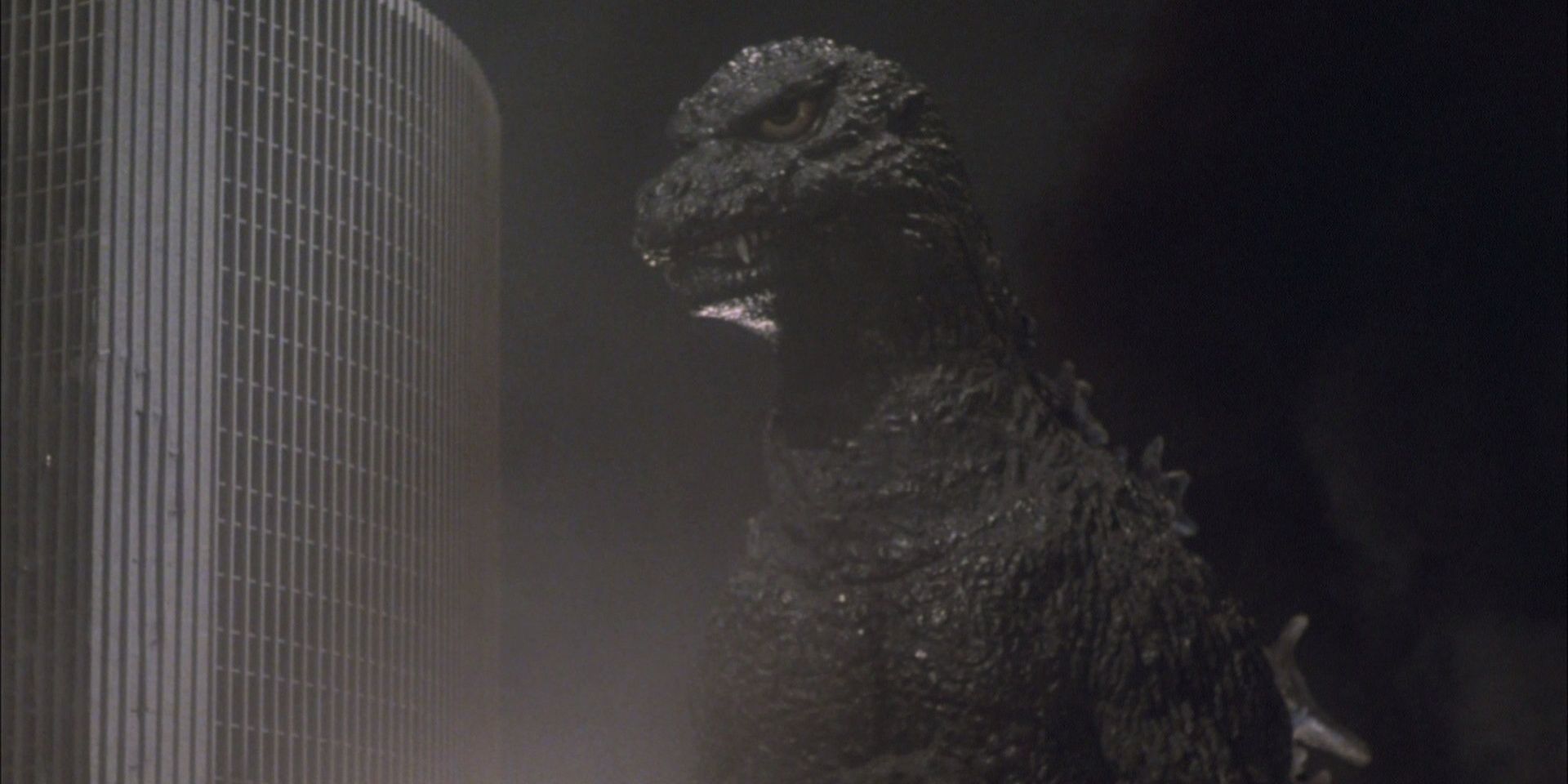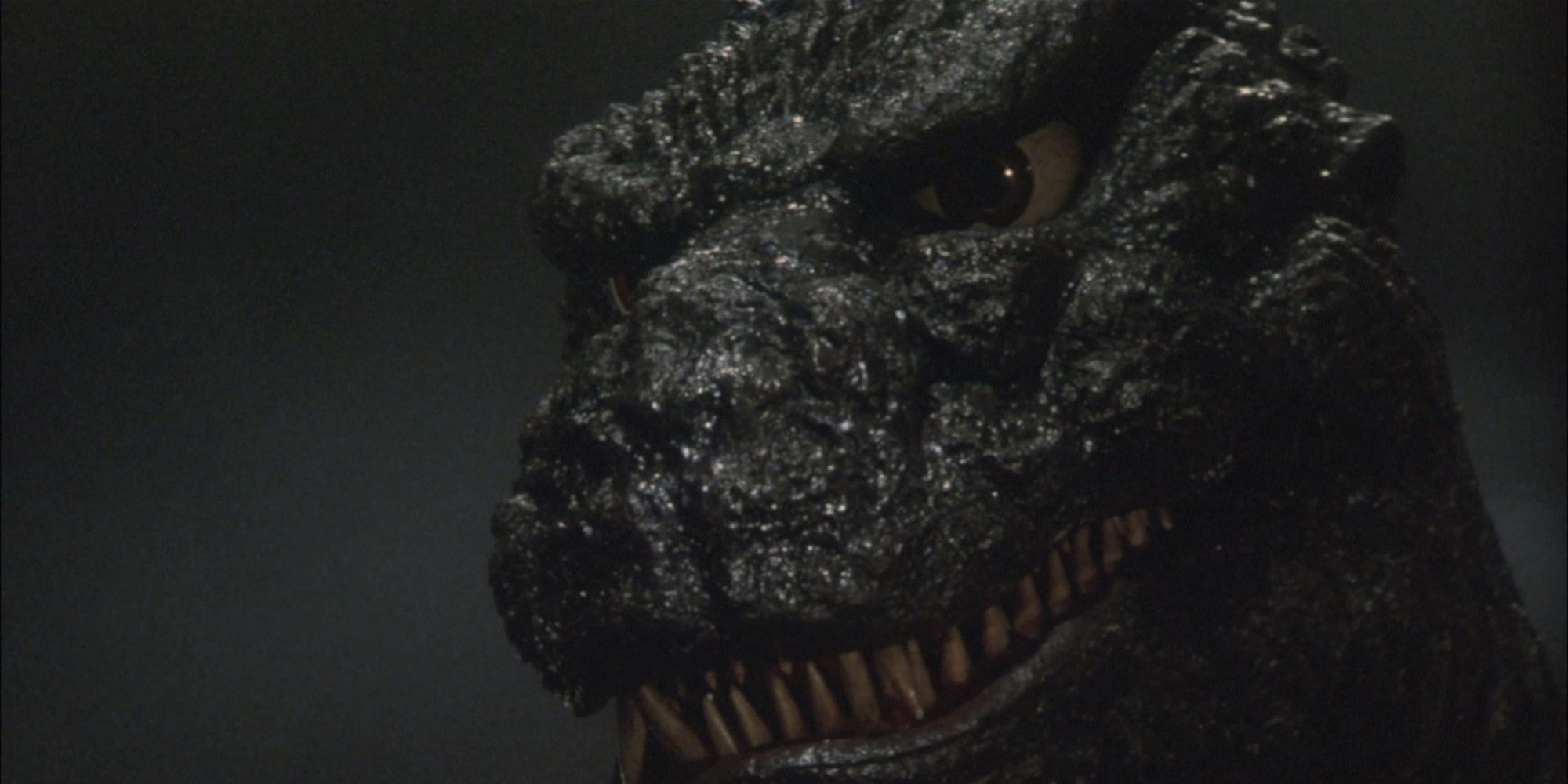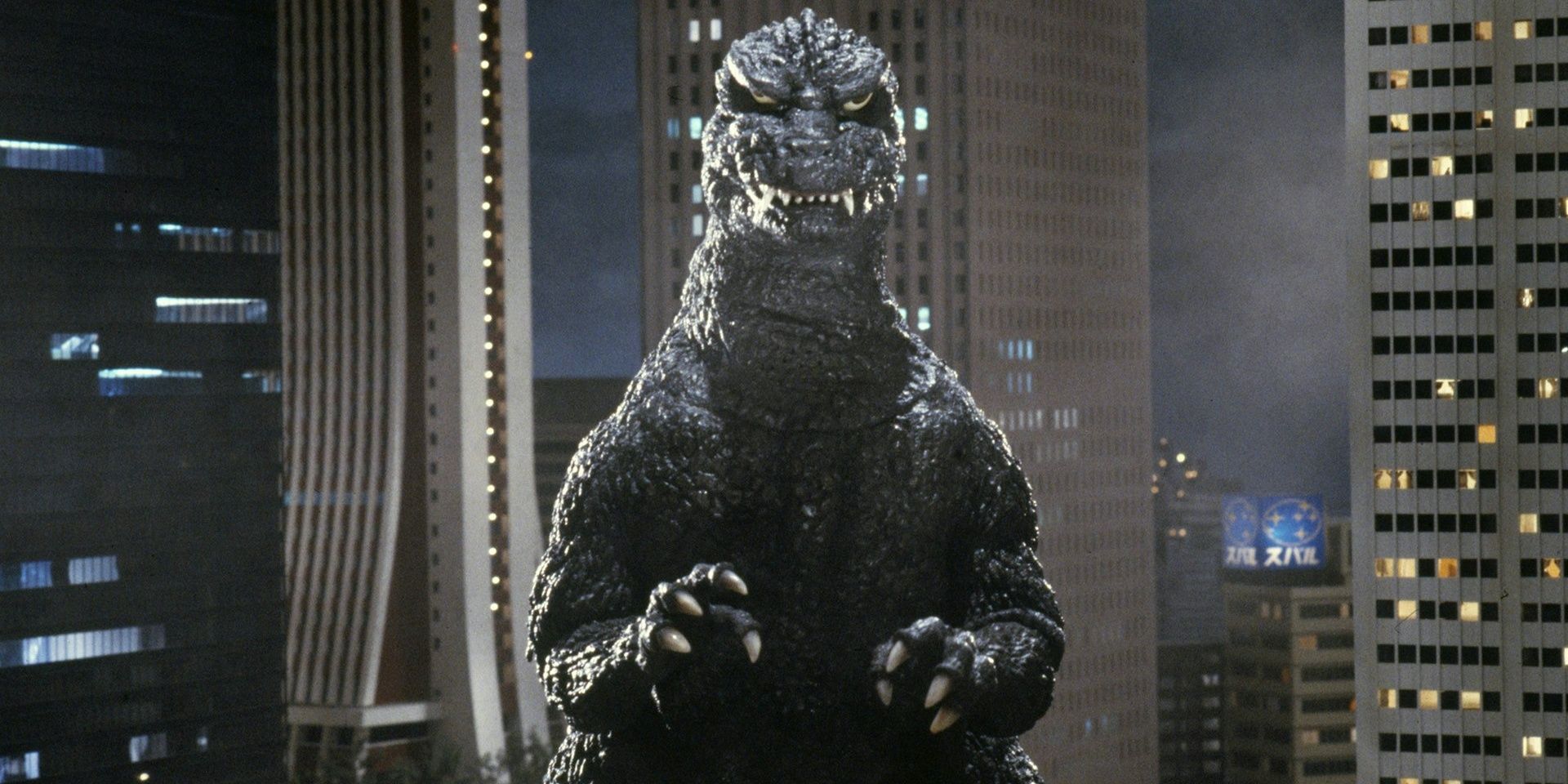
As a lifelong fanatic of all things Kaiju, I can confidently say that the Cybot Godzilla holds a special place in my heart and the annals of monster movie history. Born in the era of 80s horror resurgence, this mechanical marvel was Toho’s ambitious attempt to elevate Godzilla to new heights. Standing at 16 feet tall and weighing over a ton, it was an early precursor to the jaw-dropping animatronics that would later grace our screens in blockbusters like Jurassic Park.
Individuals who have watched only the recent American versions of ‘Godzilla’ have experienced nothing but CGI depictions of the Monster King. In contrast, in the olden days, Toho used actors in suits to bring their nuclear-tainted hero-turned-monster to life. While digital special effects effectively portray Godzilla, there’s a certain charm in the traditional methods that feels tangible. In 1984, Godzilla celebrated his 30th anniversary with a film titled ‘The Return of Godzilla,’ which aimed to reestablish the character as a figure of horror. To achieve this goal, they developed an animatronic monster, affectionately known as Cybot Godzilla.
Over the past 70 years, the Godzilla series has encompassed various tones that a film franchise might encounter, from the terrifying horror of the 1954 original, which resonated deeply with viewers’ genuine fears, to comedies, action-packed blockbusters, and introspective examinations of humanity. Through numerous transformations, Godzilla has adapted its appearance multiple times, with some changes aligning with the film’s visual style, while others reflect a fresh designer’s perspective on the iconic character.
What was the Cybot Godzilla?

The Cybot Godzilla marked an innovative step towards modernizing the fearsome King of Monsters according to the 80s horror aesthetic. Instead of using actors in suits, they crafted a colossal animatronic version of Godzilla, standing 16 feet tall and tipping the scales at over 1.2 tons. This mechanical beast was an early precursor to the breathtaking creations that brought dinosaurs to life in “Jurassic Park.” The term “Cybot” was a blend of “cyborg” and “robot,” used in promotional materials to describe this mechanical entity. The main function of Cybot Godzilla was to capture attention in the media and make appearances at various public events. During filming, its primary role was to deliver more authentic facial expressions and roars in close-up scenes. Estimated to cost $475,000 to build, this mechanical marvel featured over 3,000 computer-controlled mechanical parts and consisted of a rubber skin stretched over a skeleton made of mechanics. At the time, it was widely praised as a remarkable mechanical achievement, although it was not the main Godzilla seen in subsequent films as initially assumed.
Where was Cybot Godzilla used?

| Title | Return of Godzilla |
|---|---|
| Director | Koji Hashimoto |
| Screenplay | Shiuchi Nagahara |
| Story | Tomoyuki Tanaka |
| Stars | Ken Tanaka, Yasuko Sawaguchi, Yosuke Natsuki, and Kenpachiro Satsuma |
| Release Date | December 15, 1984 |
| Runtime | 103 Minutes |
| Streaming On | HBO Max |
In 1984, Toho introduced the character of Cybot Godzilla for the movie “The Return of Godzilla.” This film serves as a contemporary legacy sequel, disregarding numerous sequels to the 1954 original. Its aim was to return to the fundamentals and recapture the greatness of Ishiro Honda’s classic. Unlike other films in the series, this one focuses solely on Godzilla versus humanity, with no other monsters involved. In this movie, Godzilla is once again portrayed as a horrifying monster, causing terror in Japan and symbolizing the terrifying possibility of nuclear destruction. The Cybot Godzilla allowed for unique movements and shots, but it was found to be more valuable off-screen than on.
In “The Return of Godzilla,” the original Cybot Godzilla appears sparingly. Instead, much of the monster footage is Kenpachiro Satsuma in a redesigned suit, which blends traditional elements with contemporary technology. Despite standing in for close-ups, technical issues with Cybot Godzilla’s head caused his eyes to sometimes look off-kilter. This gave him an endearing Muppet-like quality that took away from the movie’s intended horror. Consequently, images of Cybot Godzilla were primarily used for promotions and can be found in film museums.
Why didn’t Toho use Cybot Godzilla again?
31 films featuring Godzilla have been produced since the release of “Return of Godzilla” in 1984, and Cyber-Godzilla doesn’t appear in any other films within the series. Although the machine was no longer operational, subsequent Godzilla movies showcased animatronics. Kenpachiro Satsuma, who donned the Godzilla suit from 1984 to 1995, addressed the challenge of maneuvering the heavier mechanical components within his suits. This trade-off was a logical decision considering the circumstances. Toho didn’t require a fully functional animatronic Godzilla; they merely needed realistic facial expressions. As a result, Satsuma’s role became much more challenging, but he remains an underappreciated legend in the realm of monster movie stars.
In a nutshell, the mechanical version of Godzilla (Cybot Godzilla) was more of a promotional stunt than a significant advancement in kaiju tech. He was quite impressive for his era, but one major design flaw limited his effectiveness on screen. Despite only appearing in one movie, Cybot Godzilla still represents an intriguing chapter in the franchise’s legacy. While he didn’t live up to the grandeur of other Godzilla incarnations, every Godzilla deserves recognition for their contribution to the series.
Read More
- LUNC PREDICTION. LUNC cryptocurrency
- POL PREDICTION. POL cryptocurrency
- Brent Oil Forecast
- Hunter x Hunter: Togashi Reveals the Rarest Nen Type In The Series
- USD PHP PREDICTION
- OKB PREDICTION. OKB cryptocurrency
- EUR CNY PREDICTION
- HBOs The Last of Us Used Heavy Make-up To Cover One Characters Real-Life Injury
- BTC PREDICTION. BTC cryptocurrency
- Pokemon Is Collaborating With Dua Lipa
2024-10-02 19:04